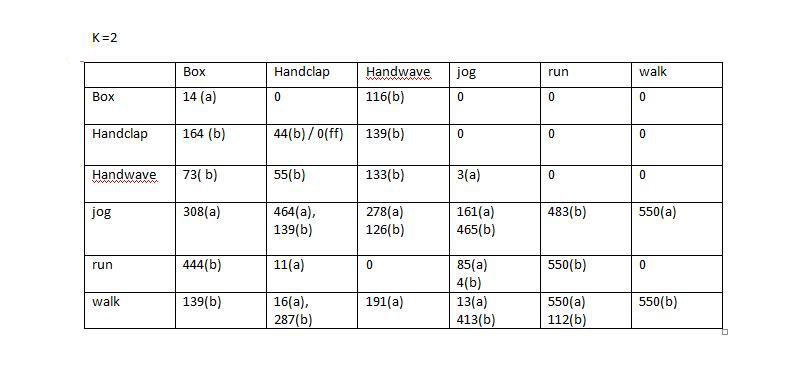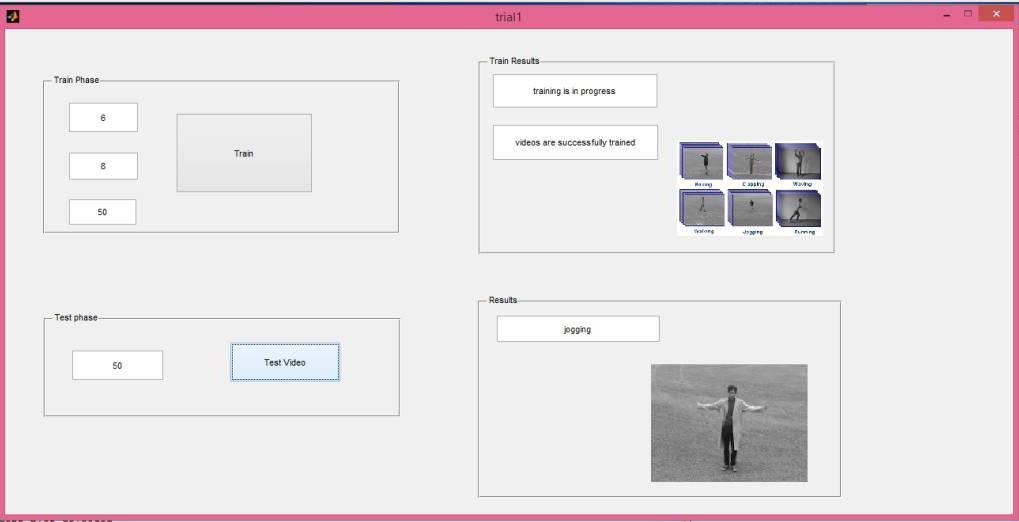





Published on Nov 30, 2023
Human Activity analysis is one of the most captivating and important open problem in automated video surveillance community. In recent years, most of the analysis of human activities/behavior is carried out using computer vision & pattern recognition techniques and has paved the way for amalgamation of various such fields. Considering a new perspective, which brings in notions and principles from the social, affective, and psychological literature. The technical quality of the classical modules that compose a surveillance system allows nowadays facing very complex scenarios due to the strong diversity of the people appearance, the number of individuals considered (we may monitor single individuals, groups, crowd), the variability of the environmental conditions (indoor/ outdoor, different weather conditions), and the kinds of sensors employed. The goal of this project is to support the argument that a social perspective is fundamental to deal with the highest level module, i.e. the analysis of human activities, in a principled and fruitful way.
In this project a new system is designed leaning toward a finer investigation of overt and covert, also subtle, human behavioral aspects. We also highlight significant challenges involved in utilizing recent techniques that can be used in real time video surveillance applications. At the end of this project, inferences will be made in regard to future research directions in human activity analysis.
Surveillance video systems are gaining increasing attention in the field of computer vision due to its demands of users for the seek of security. It is promising to observe the human movement and predict such kind of sense of movements. The need arises to develop a surveillance system that capable to overcome the shortcoming of depending on the human resource to stay monitoring, observing the normal and suspect event all the time without any absent mind and to facilitate the control of huge surveillance system network. In this paper, an intelligent human activity system recognition is developed. Series of digital image processing techniques were used in each stage of the proposed system, such as background subtraction, binarization, and morphological operation. A robust neural network was built based on the human activities features database, which was extracted from the frame sequences. Multi-layer feed forward perceptron network used to classify the activities model in the dataset. The classification results show a high performance in all of the stages of training, testing and validation. Finally, these results lead to achieving a promising performance in the activity recognition rate.
Understanding the human behavior and the related motivations, goals and intentions by visually observing movements and actions is a complex cognitive task. The main three fold objectives of our project are as given below:
1. Through understanding and analysis of human behaviors in computer vision perspective and also identifying different activities in video surveillance.
2. Design and development of efficient and automated human activity Recognition system using pattern recognition techniques.
3. To analyze the results obtained and present the outcomes of the experiments conducted.
The proposed project can be divided into two phases:
1. Low-level phase
2. High- level phase.

Proposed method is experimented using two phases
i) Training
ii) Testing.
Procedure for experiment is as given below:
Input: First video of all classes are selected as training samples
Output: Features obtained from PCA i.e. Feature Matrix F_M (as considered)’
Method: Here, the computer is trained for a set of actions.
Read the video.
Obtaining the frames.
Resizing the frames.
Obtaining the mixtures.
Estimation of parameters using EM algorithm.
Feature extraction using PCA
1. Query video, which may be one of the videos from the data set except from the trained ones or a real time video.
2. Calculated Feature matrix of the input video.
3. Output: Class label / Identity of video.
Read query video, convert it to frames.
Resizing the obtained Frames.
Obtain the feature matrix F_M by applying PCA.
Apply similarity measures for successive classification.
Label the class/identity using step3.
Proposed methodology works in three phases:
Pre-processing.
Feature extraction.
Classification.
Plot for k = 4

Several techniques addressing the core problems in humanactivity analysis can be witnessed in the literature, but rarely being noticed the highlights of contributions made and benchmarking the algorithms considering standard test procedures. In this project, we try to make a sincere effort in putting forward a comprehensive analysis of PC towards human activity analysis in video surveillance systems in computer vision perspective. In this research, attention was focused on feature extraction. For this purpose new algorithm was developed. The method is based on subspace mixture model. PCA is used for feature extraction. Preprocessing steps like background subtraction need to be performed to improve segmentation process. Classifiers are used in the test phase for identity of the class to which the video belongs to.Although its simplicity, the proposed algorithm is efficient and gives satisfactory results. A real time video can be given and tested.
Designing the visual composition and temporal behavior of a GUI is an important part of software application programming in the area of human–computer interaction. Its goal is to enhance the efficiency and ease of use for the underlying logical designof a stored program.
Results obtained from GUI


However the method is prone to give different result for similar human actions in the video data set. Therefore, future researches will involve improvement of the classification model and development of the proposed method.
Correctly identifying human activities is a challenging task in the robotics community, and its solution is very important because it is the first step towards a more natural human robot interaction.
Advantages of our system are its scalability, adaptability and intuitiveness which allow a more natural communication with artificial system such as robots. Additionally, our framework will lead to integration and execution of on-line within the control-loop of a robotic system.
It is promising to observe the human movement and predict such kind of sense of movements. The need arises to develop a surveillance system that capable to overcome the shortcoming of depending on the human resource to stay monitoring, observing the normal and suspect event all the time without any absent mind and to facilitate the control of huge surveillance system network. In this paper, an intelligent human activity system recognition is developed. Series of digital image processing techniques were used in each stage of the proposed system, such as background subtraction, binarization, and morphological operation. A robust neural network was built based on the human activities features database, which was extracted from the frame sequences. Multi-layer feed forward perceptron network used to classify the activities model in the dataset. The classification results show a high performance in all of the stages of training, testing and validation. Finally, these results lead to achieving a promising performance in the activity recognition rate.
1. Muhammad Kamal Hossen, Sabrina Hoque Tuli, "A surveillance system based on motion detection and motion estimation using optical flow", Informatics Electronics and Vision (ICIEV) 2016 5th International Conference on, pp. 646-651, 2016.
2. Kyaw Kyaw Htike, Othman O. Khalifa, "Human Posture Recognition: Methodology and Implementation", Journal of Electrical Engineering & Technology, vol. 10, no. 4, pp. 1910-1914, 2015.